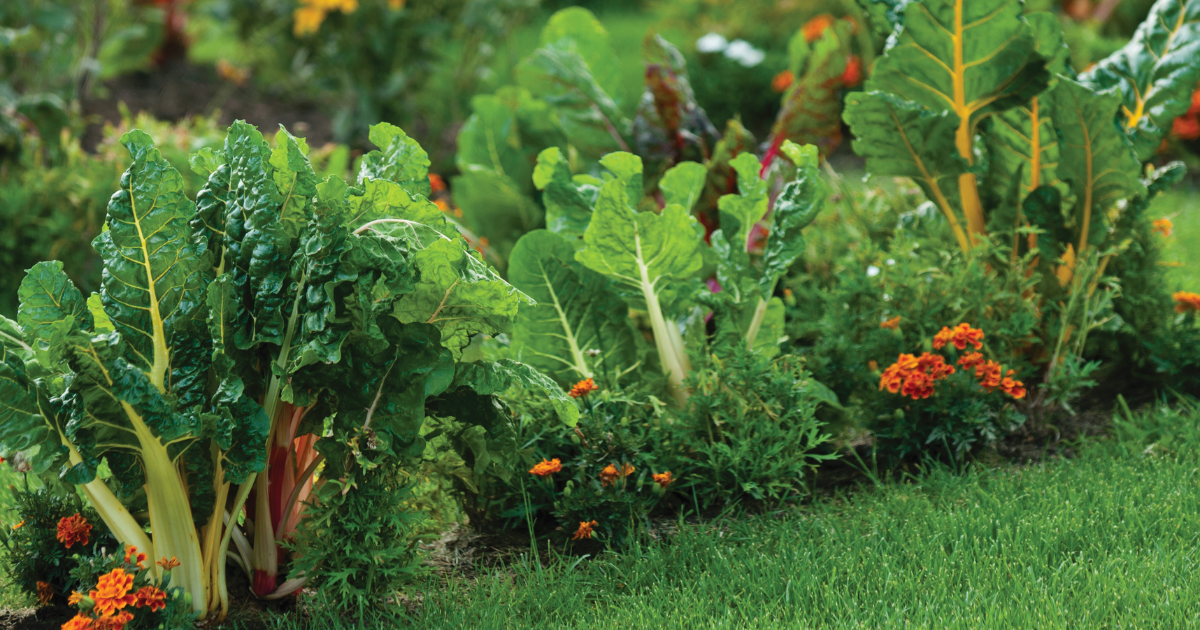By staggering your planting in the spring, which will prevent all your produce from maturing at once –
This allows you to enjoy your harvest more and inevitably results in less waste. Bush beans, peas, and salad mixes such as spinach, leaf lettuce, mesclun mix and arugula are great for succession planting starting in early May, with repeat plantings every two weeks until early July. You can start up again for a fall crop by planting in mid August and every two weeks into early October.
Carrots, cucumbers, and melons follow a similar pattern but can be spread out by 21 days because of their longer harvest window, while summer squash and Swiss chard can be spread out by 30 days.
If you want to save yourself the work of succession planting, focus on crops that store well like root vegetables (potatoes, carrots, and onions), winter squash, apples, and dried beans. They can be stored in a cool, dark, and dry place for several months. Other crops like garlic, cabbages and other leafy greens can be stored for a shorter period.
We recommend planting indeterminate varieties which will continue to fruit from the same plant. Some popular varieties of indeterminate food crops that are easy to grow and produce a bountiful harvest include:
TOMATOES: Heirloom varieties such as ‘Brandywine’ and ‘Cherokee Purple.’
PEPPERS: ‘California Wonder’ and ‘Jalapeno.’
CUCUMERS: ‘Lemon’ and ‘Burpless.’
EGGPLANTS: ‘Black Beauty’ and ‘Rosa Bianca.’
CANTALOUPE: ‘Hales Best Jumbo’ and ‘Athena.’
WATERMELON: ‘Sugar Baby’ and ‘Crimson Sweet.’
BEANS: ‘Kentucky Wonder’ and ‘Blue Lake.’














